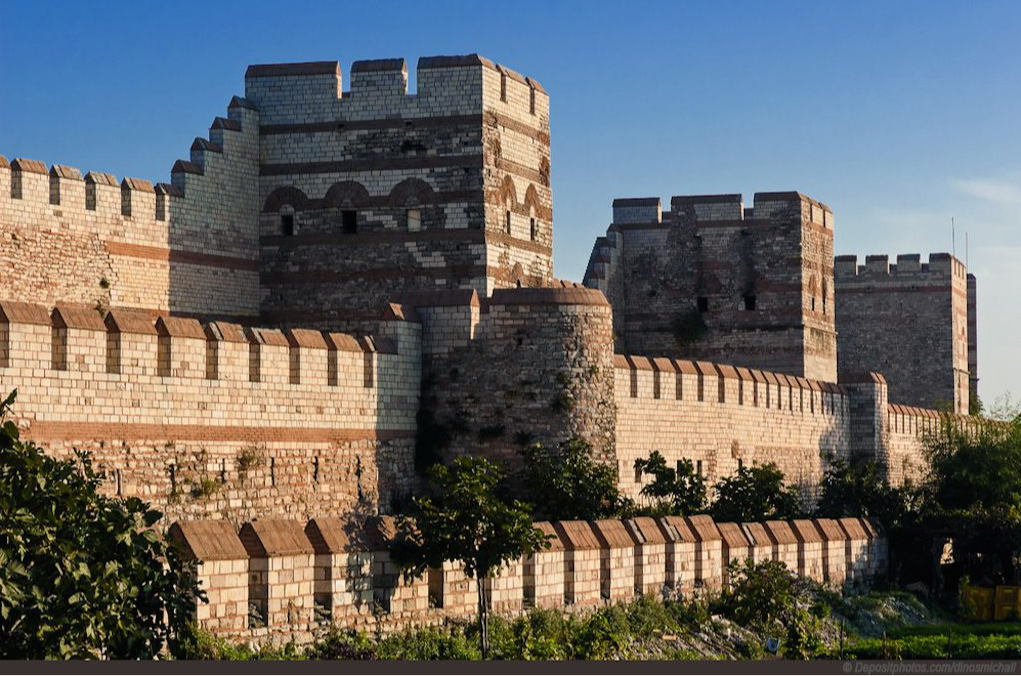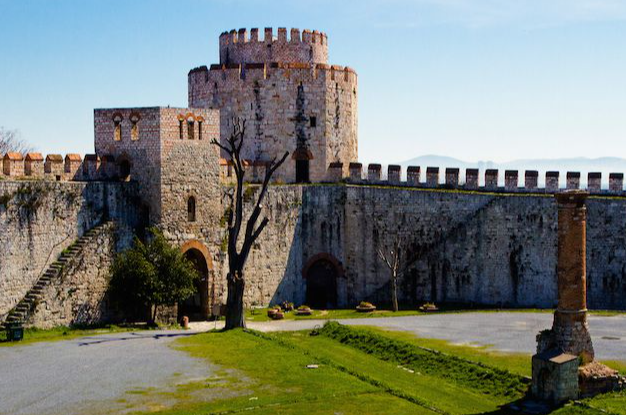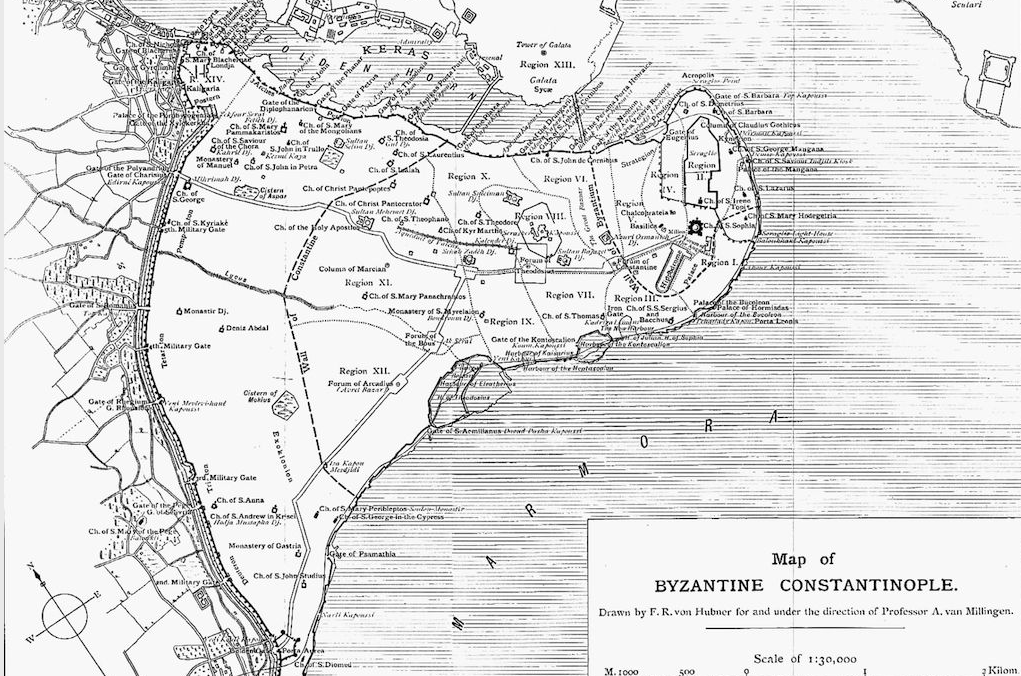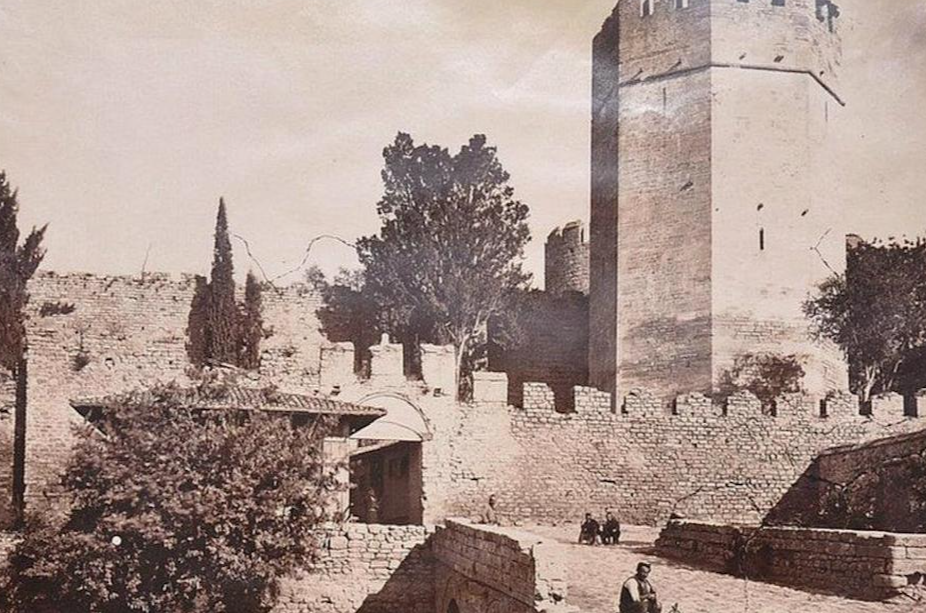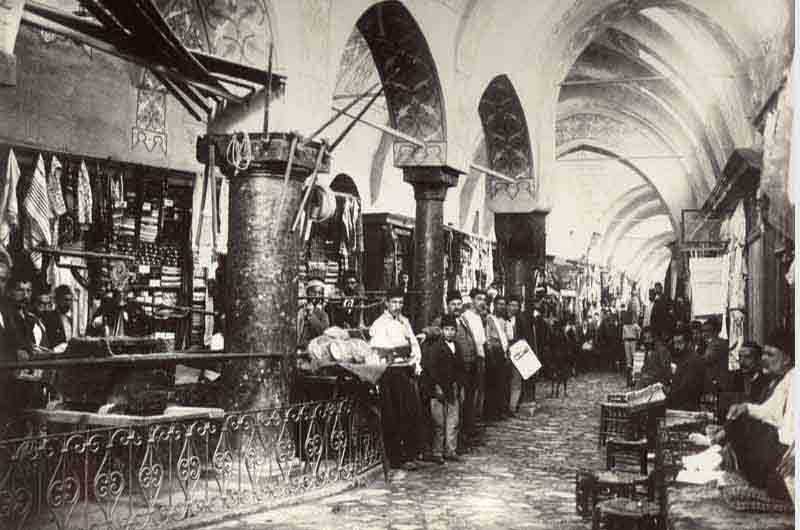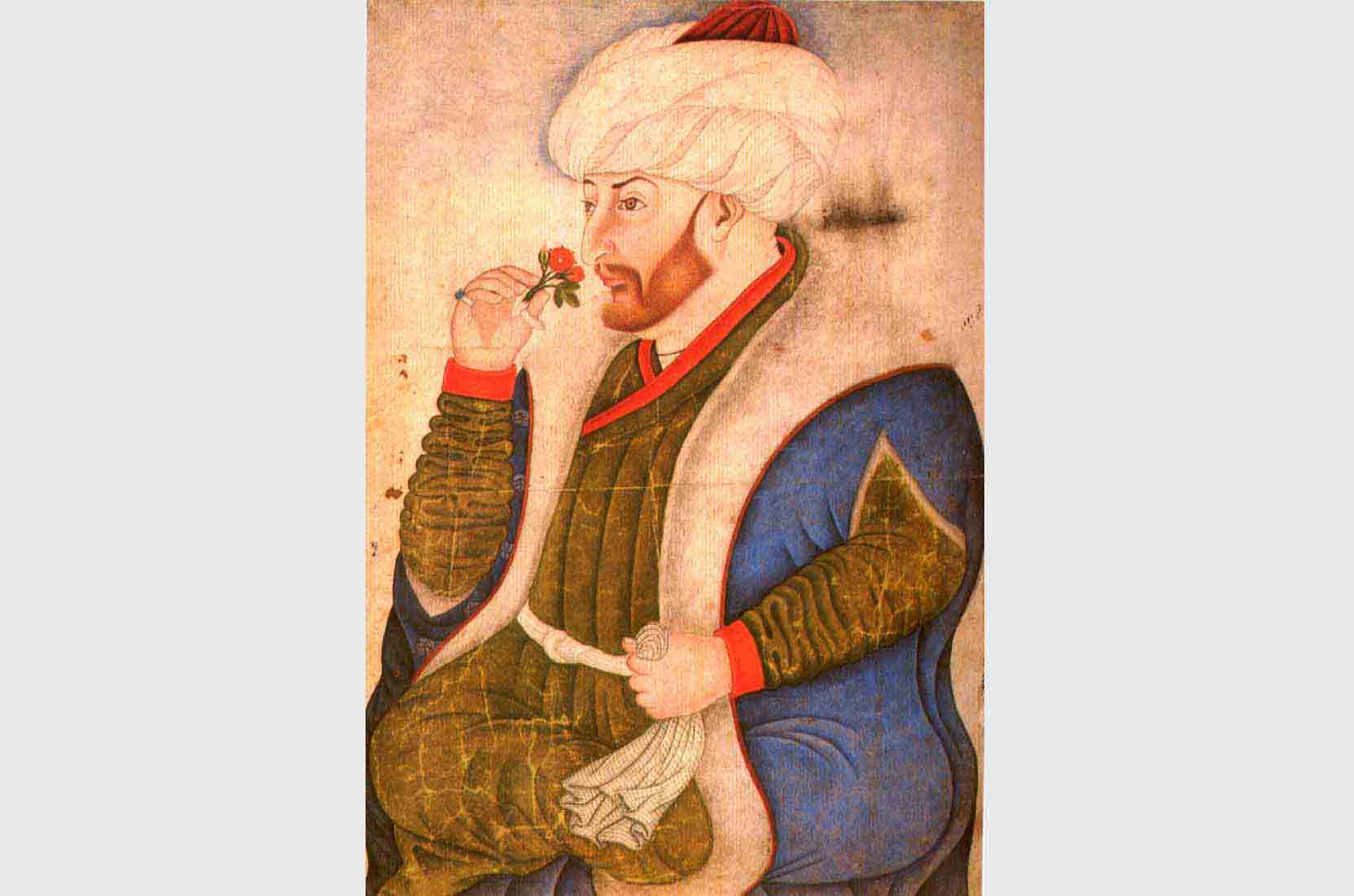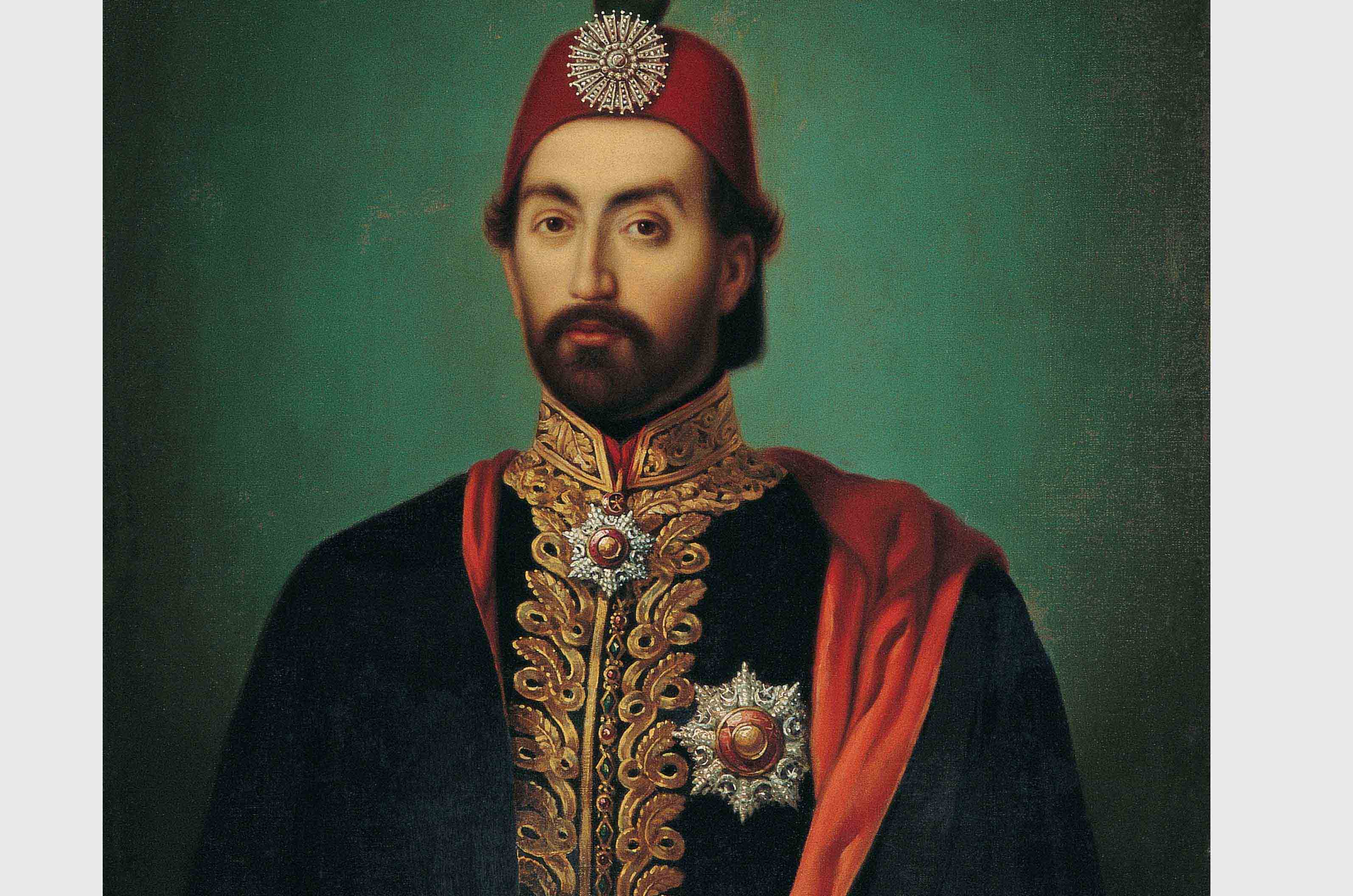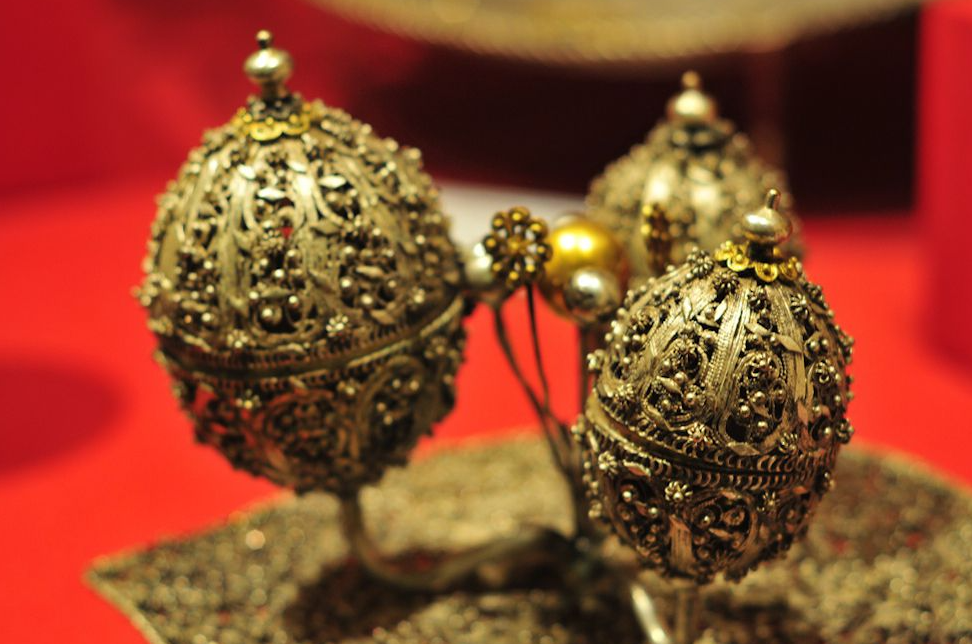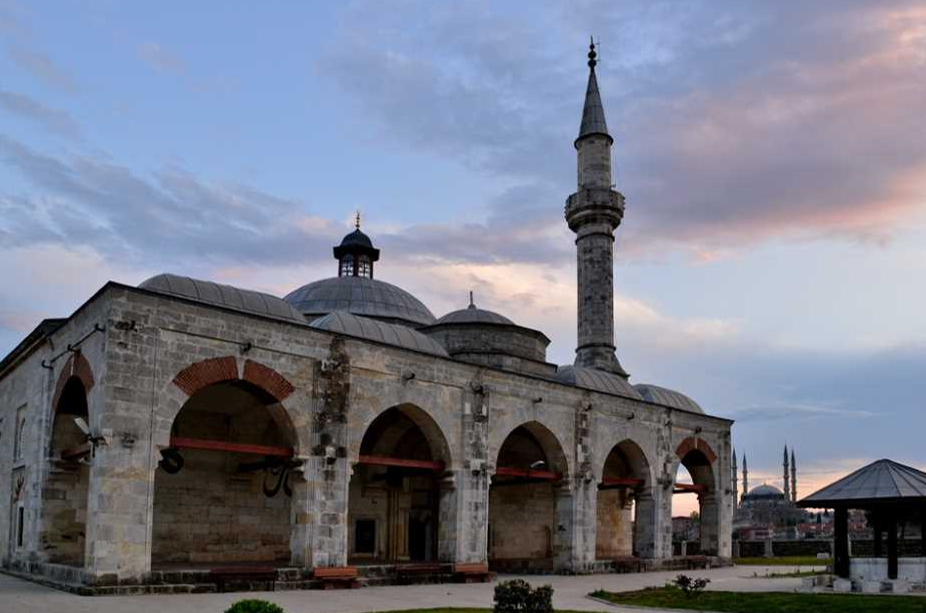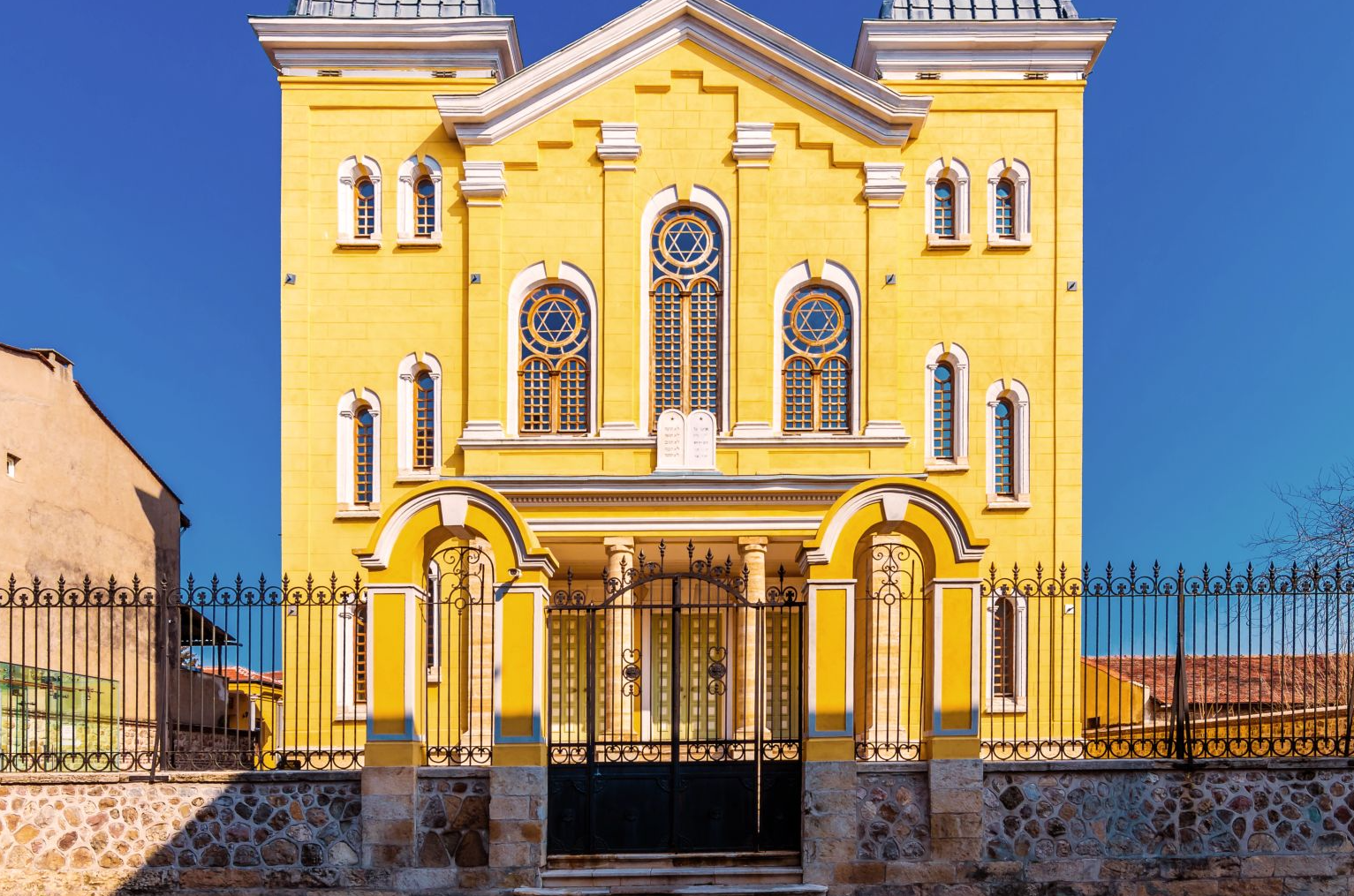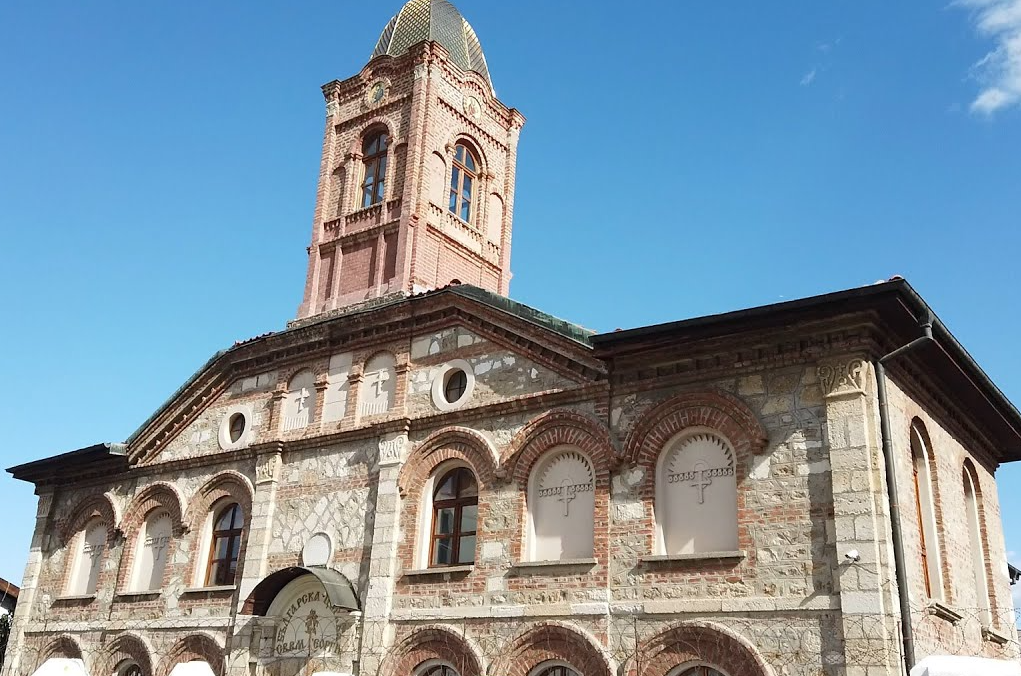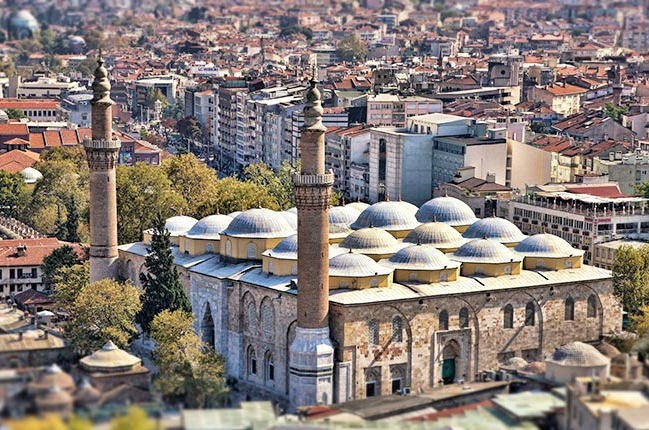Old City Walls of Istanbul: Sentinels of History Standing Tall
Old City Walls of Istanbul: Sentinels of History Standing Tall
Introduction: Stretching across the historic skyline of Istanbul, the Old City Walls stand as resilient guardians of the city's rich past. Built by the Byzantines and expanded by the Ottomans, these monumental walls encircle what was once Constantinople, weaving a narrative of conquests, sieges, and the passage of time. Explore with us as we unravel the history and significance of the Old City Walls of Istanbul.
**1. Byzantine Origins: The foundation of the Old City Walls dates back to the 5th century during the reign of Emperor Theodosius II. Built as a defensive measure to protect Constantinople from external threats, these Byzantine walls were a formidable barrier against invading forces.
**2. Ottoman Expansion: With the Ottoman conquest of Constantinople in 1453, Sultan Mehmed the Conqueror recognized the strategic importance of the walls. Rather than dismantling them, he ordered their restoration and expansion. The result was a formidable structure that blended Byzantine and Ottoman architectural elements.
**3. Impressive Architecture: The Old City Walls showcase a harmonious blend of architectural styles. Massive stone blocks, watchtowers, and gates punctuate the walls, reflecting the military ingenuity of the time. The prominent Yedikule Fortress, also known as the Fortress of the Seven Towers, is a captivating example of Ottoman military architecture integrated into the walls.
**4. Landmarks Along the Walls: As you traverse the Old City Walls, you'll encounter iconic landmarks. The Topkapı Palace, which served as the main residence of Ottoman sultans, is intricately connected to the walls. The Golden Horn, a natural harbor, is flanked by sections of the walls, providing a scenic backdrop to this historic fortification.
**5. Walking the Ramparts: For modern-day explorers, walking along the ramparts of the Old City Walls is a journey back in time. The walls offer panoramic views of the city, including the domes and minarets that define Istanbul's skyline. The stroll along the walls provides a unique perspective on both the historical and contemporary aspects of the city.
**6. Cultural Heritage: Recognized as a UNESCO World Heritage Site, the Old City Walls are a testament to Istanbul's cultural heritage. They symbolize the city's resilience and continuity, preserving the legacy of empires that have left their mark on this crossroads of civilizations.
**7. City Walls Today: While the Old City Walls no longer serve a defensive purpose, they remain an integral part of Istanbul's identity. Parks, gardens, and recreational spaces have been integrated into sections of the walls, creating a unique blend of historical preservation and modern urban life.
Conclusion: The Old City Walls of Istanbul, with their storied past and architectural grandeur, offer a tangible connection to the city's tumultuous history. Whether admired from afar or explored up close, these ancient fortifications stand as silent witnesses to the ebb and flow of centuries, embodying the resilience and enduring spirit of Istanbul.
Embark on a journey along the Old City Walls, where the echoes of history resonate with each step. Plan your visit, experience the majesty of the walls, and let their timeless tales unfold as you explore Istanbul's living legacy.


